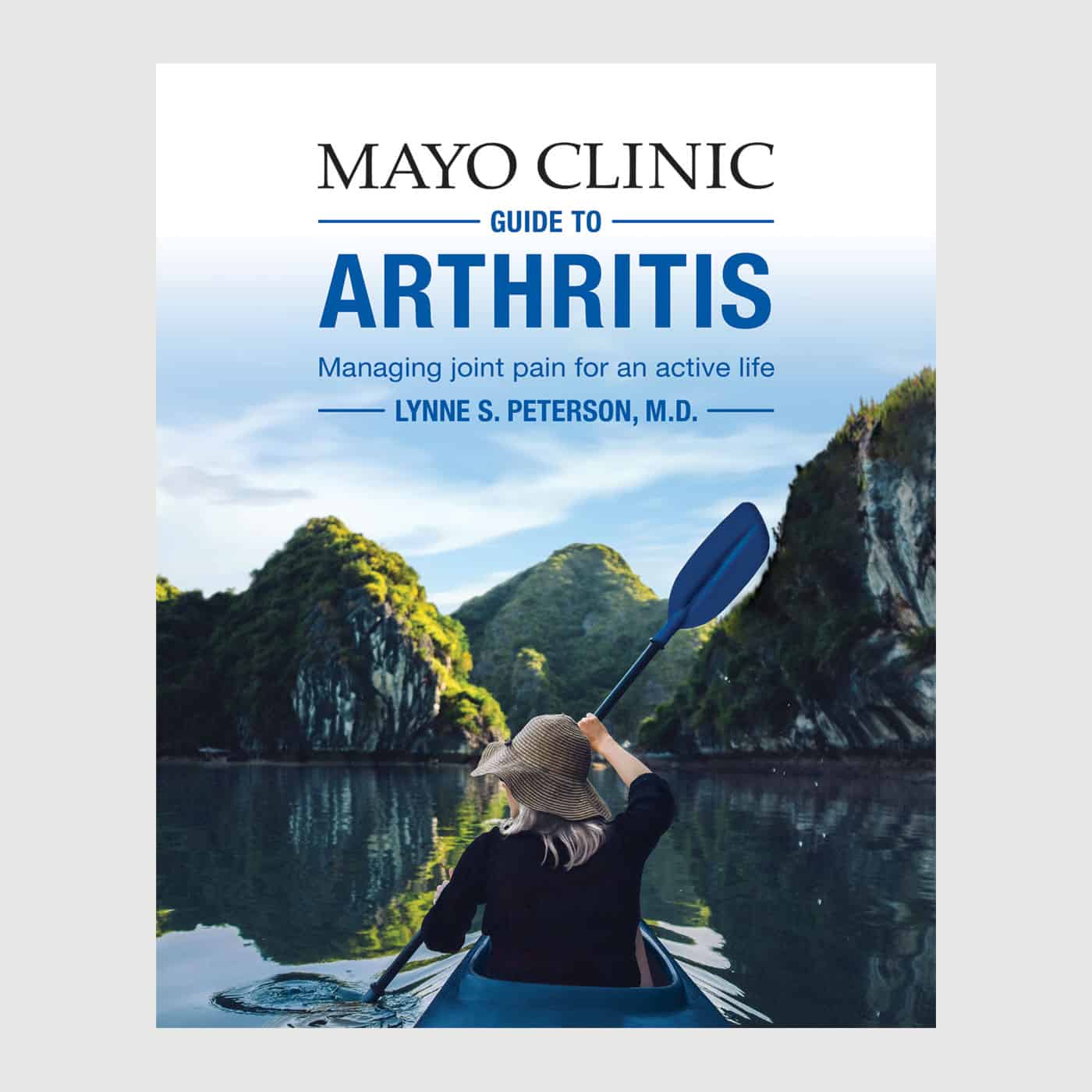
Mayo Clinic does not endorse companies or products. Advertising revenue supports our not-for-profit mission.
Just the name “chronic inflammatory demyelinating polyradiculoneuropathy (CIDP)” can seem foreign and complicated, especially if you or someone you know has been recently diagnosed.
You may wonder: What do those words stand for? More importantly, what does a CIDP diagnosis mean? Can CIDP be reversed? Will I need to stay on medicine for life?
Here, Mayo Clinic’s CIDP specialists answer those questions, along with other questions that they often hear from people who are diagnosed with CIDP.
What is CIDP?
In CIDP, the immune system mistakenly targets and attacks the protective tissue, called myelin, that covers the nerves in the arms and legs. Over time, as the myelin wears away, nerves lose their ability to send signals, leading to muscle weakness or impaired motor function.
The letters CIDP stand for chronic inflammatory demyelinating polyradiculoneuropathy. Let’s break down what each word means.
- Chronic means the condition progresses over time and doesn’t go away without treatment.
- Inflammatory refers to the cause of your symptoms. With CIDP, the immune system’s inflammatory cells mistakenly recognize nerve tissue as foreign, sending cells to attack it.
- Demyelinating describes the nerve damage. Think of your nerves as copper wires. “The damage is mostly happening to the insulation of the wire — and not as much to the wire inside,” says Divyanshu Dubey, M.B.B.S., a neurologist and specialist in CIDP treatment at Mayo Clinic. This protective covering is called myelin. So, as the immune system attacks this tissue, it demyelinates the nerves.
- Polyradiculoneuropathy describes where in the body the damage is happening. “Poly” is Greek for “many”; “radiculo” means “root”; “neuro” is Greek for “nerve”; and “pathy” is Greek for “disease.” Specifically, the term refers to nerve disease in the arms and legs.
Read more: CIDP: Understanding your condition
How is CIDP diagnosed?
Your healthcare professional will likely do a series of tests to rule out other conditions with similar symptoms. If you do have CIDP, testing also can help determine which type of CIDP you have. Certain CIDP types warrant different treatment approaches.
Diagnostic tests include:
- A nerve conduction study and needle electromyography to see how your nerves and muscles respond to electrical signals as well as how your nerves and muscles interact. This test is essential for a CIDP diagnosis.
- Blood tests that rule out other conditions and identify the common antibodies present in some CIDP variants.
- Magnetic resonance imaging (MRI), which allows your healthcare professional to check for nerve inflammation.
- A chemical analysis of your spinal fluid.
- A biopsy, which allows your healthcare professional to examine a sample of your nerve tissue under a microscope.
While the nerve conduction study and electromyography are necessary tests, you may not need all of the other tests mentioned. The appropriate tests for you will depend on your symptoms and disease progression.
Read more: CIDP: New tests that help diagnose this rare condition
What causes CIDP?
More research is needed to fully understand why the immune system attacks nerve tissue in people with CIDP. According to one theory, a viral infection may trigger the initial immune response. Once this happens, immune system memory cells get confused. In addition to marking the virus as foreign, they also target nerve tissue and continue to attack it even after the virus is no longer a threat. However, no infections have been consistently linked to CIDP.
How is CIDP treated?
Most CIDP treatments are administered through immunotherapy, including some infusions. These medicines help stop your immune system from attacking your nerve tissue. Once the immune system resets, your nerve tissue can heal.
Read more: CIDP treatments: How they work
Can CIDP be cured?
There’s good news for many people with CIDP. With timely treatment, “it can be driven into remission,” says Dr. Dubey. That means:
- Your immune system stops attacking your nerves.
- The myelin sheath regrows.
- Symptoms resolve.
- Eventually, you no longer need medication to treat the disease.
In one study, more than 90% of people treated for CIDP had a good recovery and were living independently 10 years later.
Mayo Clinic does not endorse companies or products. Advertising revenue supports our not-for-profit mission.

Relevant reading
Mayo Clinic Guide to Arthritis, Second Edition
From the rheumatology experts at Mayo Clinic comes a complete guide on arthritis. This book is filled with proven, science-based research on arthritis and its related conditions, recommended treatment plans for relieving joint stiffness and pain, and essential self-care tips to help you live a life free from debilitating arthritis…




















